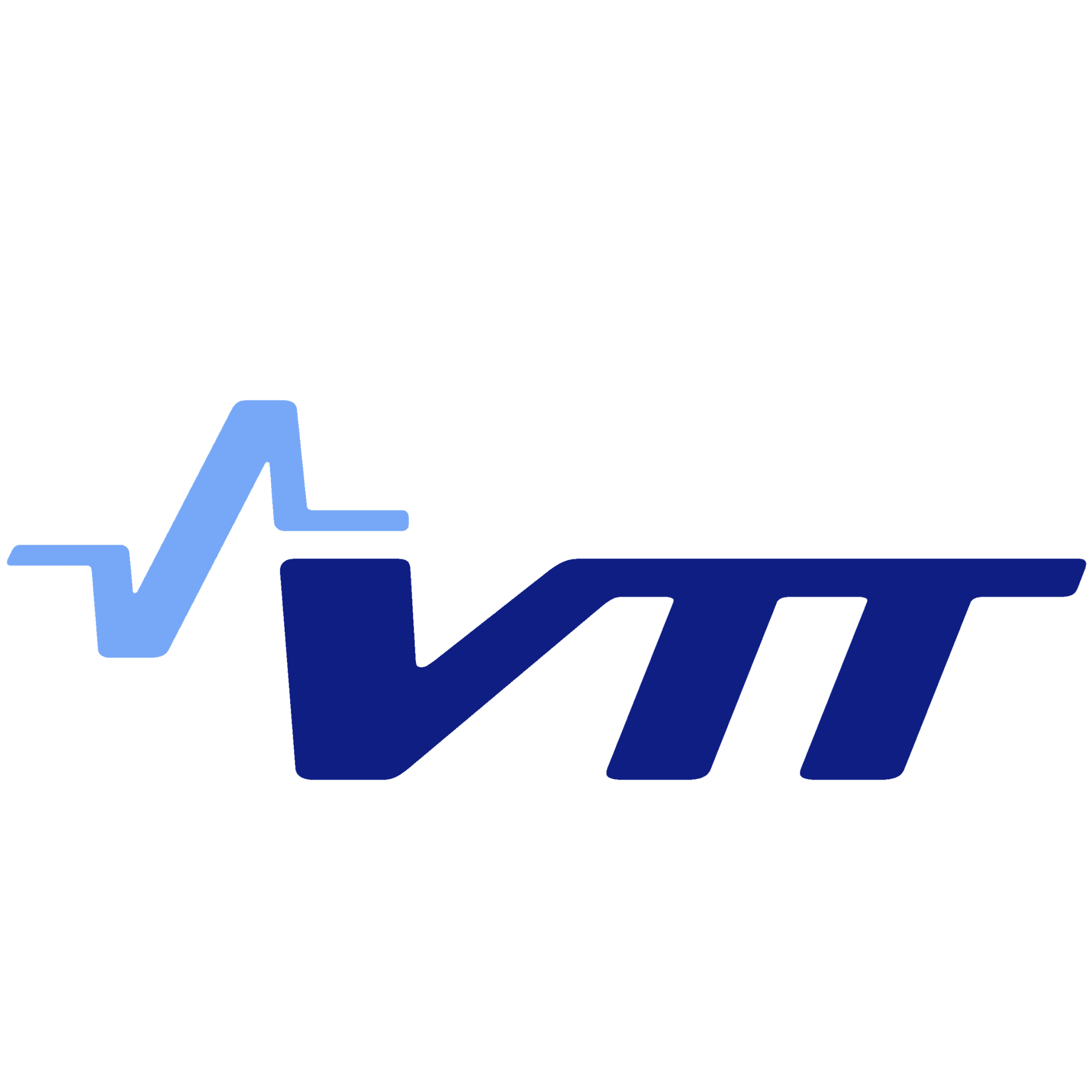
The Air Force Research Laboratory (AFRL) boasts a rich history dating back to 1918, making it one of the oldest and most respected research institutions in the United States. Its legacy stems from several predecessor organizations, including the Wright Field Materiel Division and the Air Force Cambridge Research Center. These entities played pivotal roles in developing groundbreaking technologies like the Wright brothers’ first airplane, radar, and early versions of jet propulsion.
In 1997, the AFRL officially consolidated these legacy institutions, establishing a unified research and development powerhouse for the Air Force. Since then, the AFRL has continued to push the boundaries of scientific discovery and technological advancement, driving innovation across diverse aerospace, cyber, and intelligence domains.
The Latest Bing News on:
Air Force Research Laboratory Research
- US Air Force’s 80-Hour Endurance ULTRA Surveillance Drone Deployed To The Middle East
The ULTRA can fly for days on end with continuous eyes on the surface, allowing Air Force planners massive tactical flexibility. The U.S. Air Force’s ...
- Air Force's ULTRA Long-Endurance Glider-Like Drone Is Now Operating In The Middle East
The product of a long program to field a low-cost, long-endurance surveillance drone, ULTRA is now flying missions around the Persian Gulf.
- Marshall wins new US Air Force contract
Marshall in Cambridge has won a contract to design, build and demonstrate a containerised system to simplify logistics and accelerate deployment of aircraft and personnel for the United States Air ...
- Craft.co Announces Five Year, $28 Million Contract with Secretary of the Air Force for Supplier Risk and Intelligence Technology
Supplier Due Diligence with Craft.co Craft’s supply chain resilience platform supports OCEA and 23 Department of Defense agencies conducting due diligence on more than 35,000 companies looking to do ...
- Arcfield defends Air Force cross-domain IT contract
The company will continue supporting the Air Force Research Laboratory's efforts to make the movement of information easier and more secure.
The Latest Bing News on:
Air Force Research Laboratory Discovery
- US Air Force’s 80-Hour Endurance ULTRA Surveillance Drone Deployed To The Middle East
The ULTRA can fly for days on end with continuous eyes on the surface, allowing Air Force planners massive tactical flexibility. The U.S. Air Force’s ...
- Air Force's ULTRA Long-Endurance Glider-Like Drone Is Now Operating In The Middle East
The product of a long program to field a low-cost, long-endurance surveillance drone, ULTRA is now flying missions around the Persian Gulf.
- Marshall wins new US Air Force contract
Marshall in Cambridge has won a contract to design, build and demonstrate a containerised system to simplify logistics and accelerate deployment of aircraft and personnel for the United States Air ...
- Craft.co Announces Five Year, $28 Million Contract with Secretary of the Air Force for Supplier Risk and Intelligence Technology
Supplier Due Diligence with Craft.co Craft’s supply chain resilience platform supports OCEA and 23 Department of Defense agencies conducting due diligence on more than 35,000 companies looking to do ...
- Arcfield defends Air Force cross-domain IT contract
The company will continue supporting the Air Force Research Laboratory's efforts to make the movement of information easier and more secure.
Top 10 Innovations:
- Stealth Technology: Pioneered in the 1970s, this technology allows aircraft to evade radar detection, revolutionizing aerial warfare.
- Global Positioning System (GPS): Developed in collaboration with the Department of Defense, GPS provides precise location and navigation services worldwide.
- Predator Drone: This unmanned aerial vehicle revolutionized intelligence gathering and combat operations, offering unprecedented surveillance capabilities.
- Composite Materials: AFRL advancements in composite materials have significantly improved aircraft performance and fuel efficiency.
- Directed Energy Weapons: These high-energy lasers and particle beams offer a revolutionary approach to defense and weapon systems.
- Hypersonic Flight: Research in hypersonic technology aims to develop vehicles capable of exceeding Mach 5, transforming air travel and military capabilities.
- Cybersecurity Technologies: AFRL is at the forefront of developing advanced cybersecurity solutions to protect critical infrastructure and information systems.
- Space Situational Awareness: Research focuses on monitoring and tracking objects in space, ensuring safe spaceflight and understanding potential threats.
- Artificial Intelligence (AI): AFRL leverages AI for various applications, including autonomous systems, decision support, and data analysis.
- Quantum Computing: Research in quantum computing explores its potential to revolutionize cryptography, materials science, and other fields.
Top 10 Innovators:
- Dr. John Boyd: Renowned military strategist and theorist who developed the OODA Loop decision-making model.
- Dr. Kelly Johnson: Legendary aerospace engineer who led the development of iconic aircraft like the SR-71 Blackbird and U-2 spy plane.
- Dr. Walter Dornberger: Developed the V-2 rocket, a pioneering technology that paved the way for modern space exploration.
- Dr. Ivan Getting: Played a crucial role in developing GPS technology and its applications.
- Dr. Simon Ramo: Co-founded TRW, a leading aerospace and defense contractor, and made significant contributions to radar and missile technology.
- Dr. John McCarthy: Father of the Lisp programming language and a pioneer in artificial intelligence research.
- Dr. Grace Hopper: Developed the COBOL programming language and made significant contributions to computer science.
- Dr. Katherine Johnson: A “human computer” who played a crucial role in calculating trajectories for NASA space missions.
- Dr. Wernher von Braun: A leading rocket scientist who played a key role in the development of the V-2 rocket and the Saturn V rocket used in the Apollo missions.
- Dr. Charles Townes: Developed the maser, a precursor to the laser, and made significant contributions to the field of radio astronomy.
These are just a few examples of the many innovations and innovators that have shaped the Air Force Research Laboratory’s remarkable history. As AFRL continues to push the boundaries of scientific discovery, its impact on national security, technological development, and the future of air, space, and cyber defense remains undeniable.










